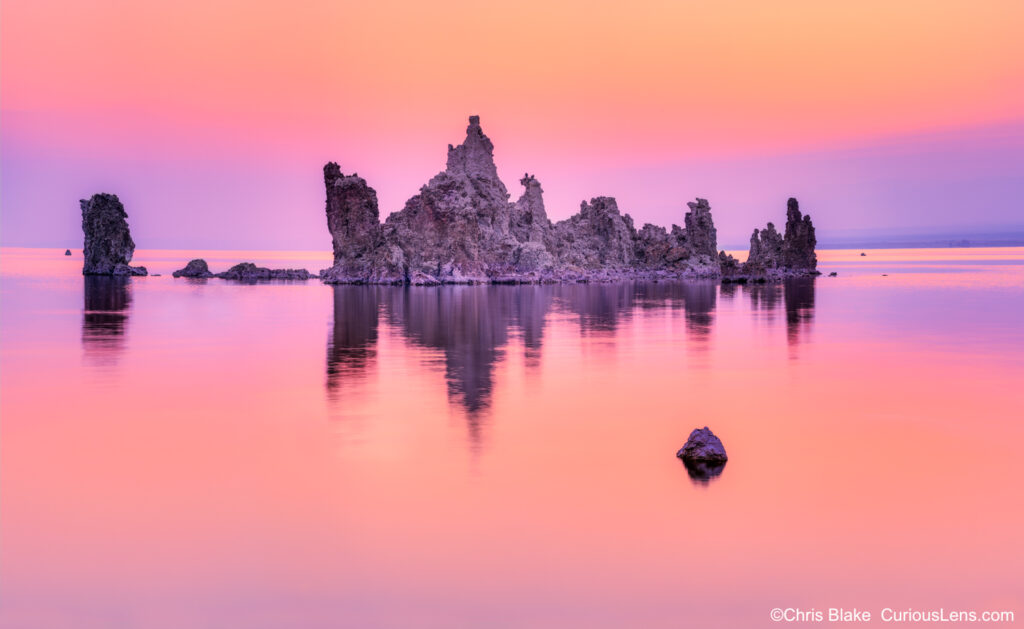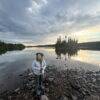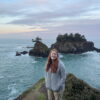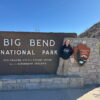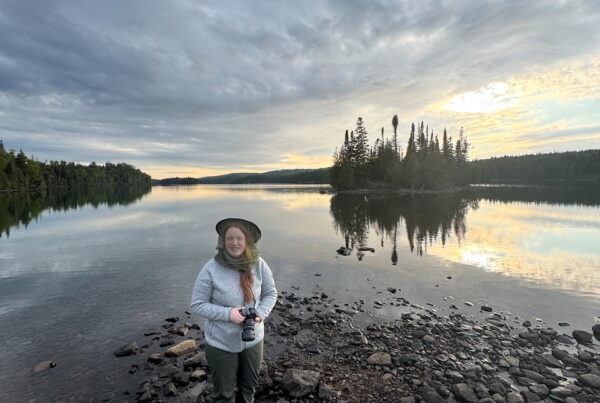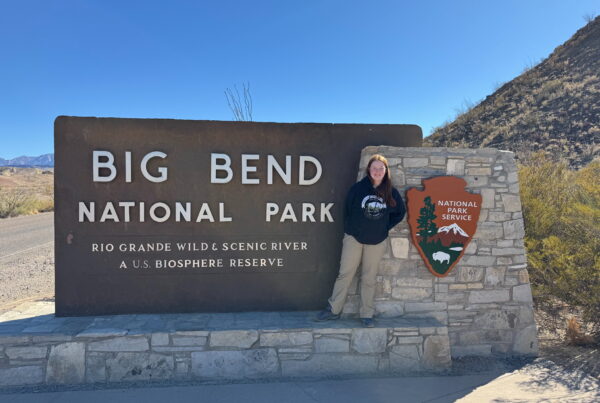In late August 2021, we embarked on our annual family vacation to the Eastern Sierra, a deviation from our usual one-or-two park itinerary. My fond memories of the Eastern Sierras from years past beckoned me to share this landscape with my family, especially since, fortunately, it was one of the few areas in the West not affected by wildfires at the time. Despite the absence of direct fire, the air was tinged with smoke from the numerous blazes in Northern California.

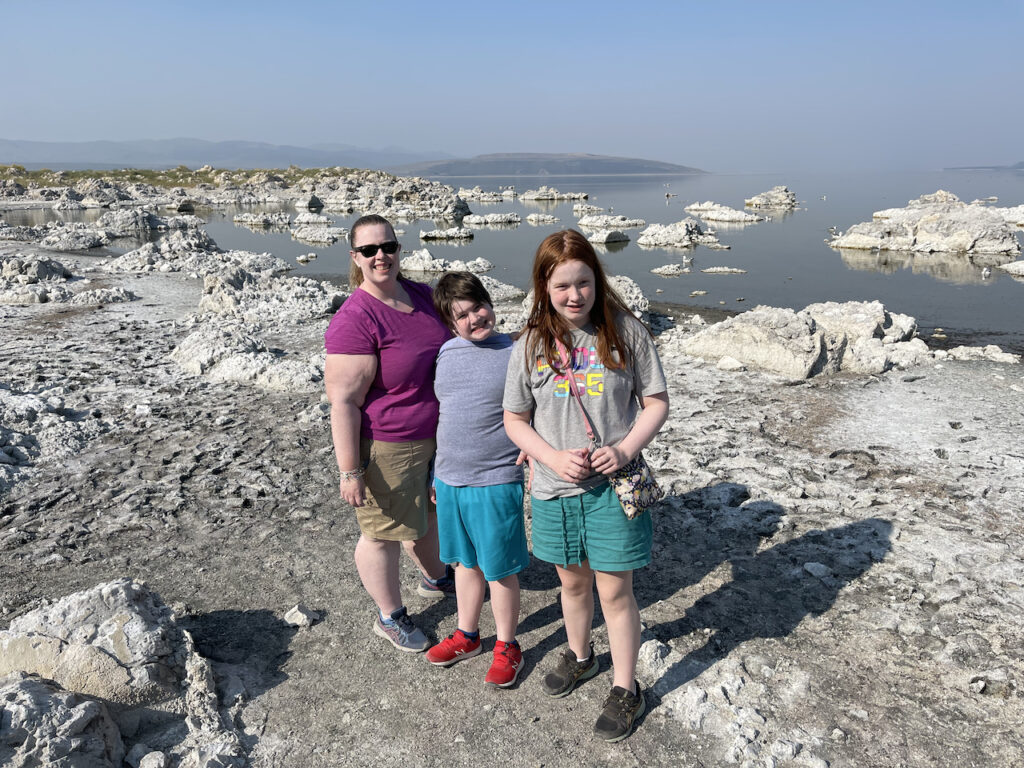
We landed in Los Angeles, which proved to be the most cost-effective gateway, despite the lengthy drive to reach Route 395 and the Eastern Sierra. Interestingly, flying into Las Vegas and driving from there is slightly faster but was more than twice the price. We set up our base in Mammoth Lakes, California, a vibrant hub centrally located to all the attractions we planned to visit. Known as a bustling ski destination in winter, Mammoth transforms in summer into a haven for hikers, mountain bikers, and adventure seekers. The town boasts an array of charming local eateries, shops, and nightly live music, which we enjoyed from our hotel balcony downtown.
We chose the Westin Monache Resort in the heart of downtown, which set a new standard for our family vacations with its exceptional amenities. If you’re heading to the area, I highly recommend this resort for an unparalleled stay.

So, what can one do in the Eastern Sierra? Plenty! Our first adventure was Mono Lake—a 760,000-year-old saline soda lake in the Great Basin, known for its surreal Tufa Towers—limestone columns that appear almost extraterrestrial. We visited the lake for sunrise on two mornings, each time following trails that meander around the lake, offering stunning views of the High Sierra backdrop. The lake’s ecosystem supports a wealth of birdlife, attracted by the brine shrimp thriving in its waters.
Just nearby in Lee Vining, the seasonal opening of Tioga Pass provided us access to Yosemite National Park. As California’s highest mountain pass, it offers some of the most scenic drives in the United States. While many park visitors concentrate on the iconic valley, we explored the lesser-seen high country. Originally built in the 1880s as the Great Sierra Wagon Road for mining operations, it was later donated to the park and renamed Tioga Road in 1915. It typically closes in winter due to heavy snowfall and reopens in mid-summer after extensive snow and maintenance work.
Our journey through Tioga Road showcased diverse natural wonders—from expansive meadows teeming with streams and wildlife, to dome-shaped mountains ideal for hiking, to majestic snow-capped peaks and verdant high mountain forests.
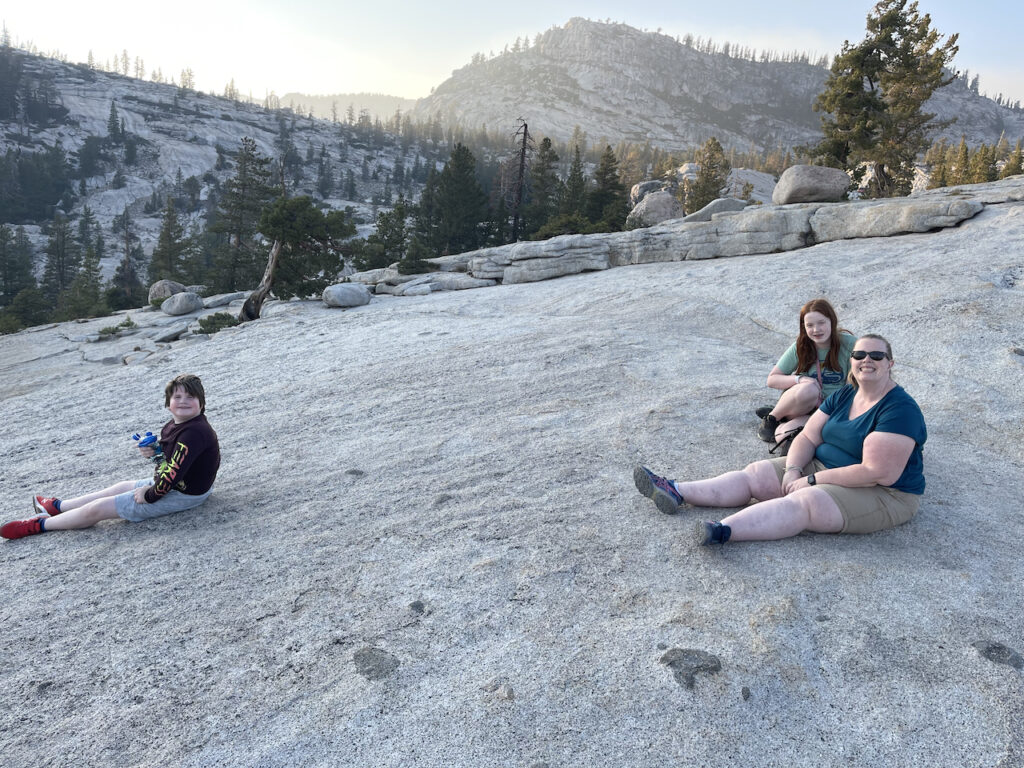
We ventured into Yosemite twice. The first trip included a drive through the entire road, descending into the valley where we engaged in typical tourist activities—lunch, a visit to the park store and visitor center, and exploring the famed valley views. We also traveled to Glacier Point, arguably the best vista in all of Yosemite, and ended our day with a sunset hike near Olmsted Point, which overlooks the backside of Half Dome and Tenaya Canyon. Although smoke obscured some of the sunset’s glory, the views remained a hit with the family.

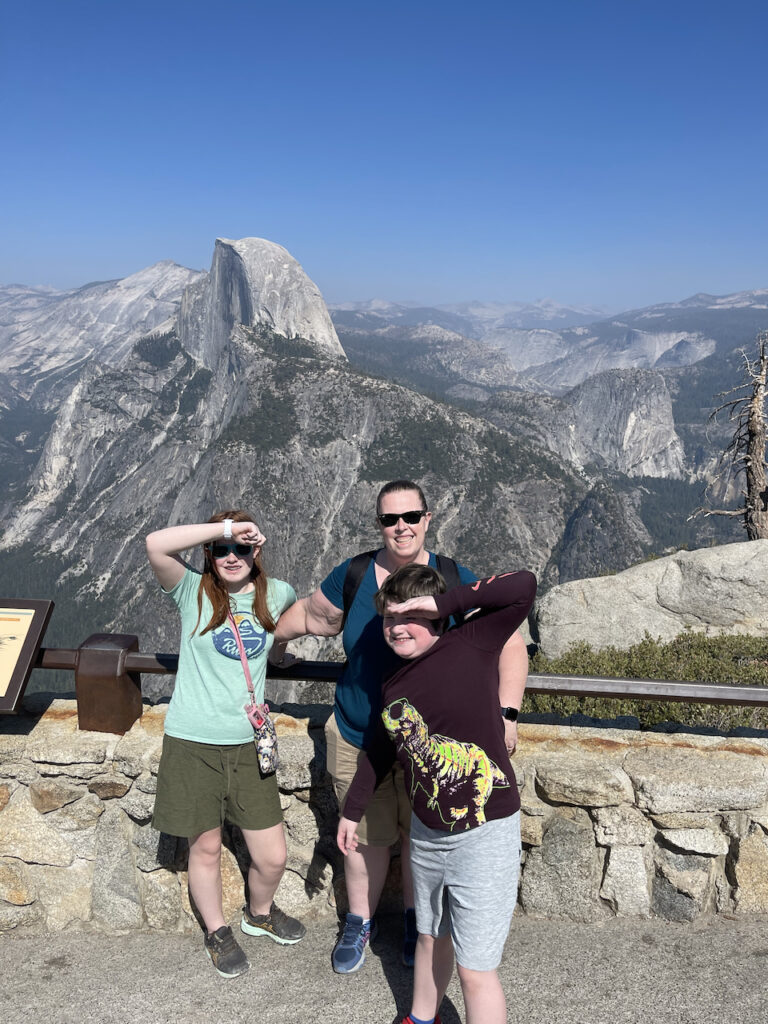
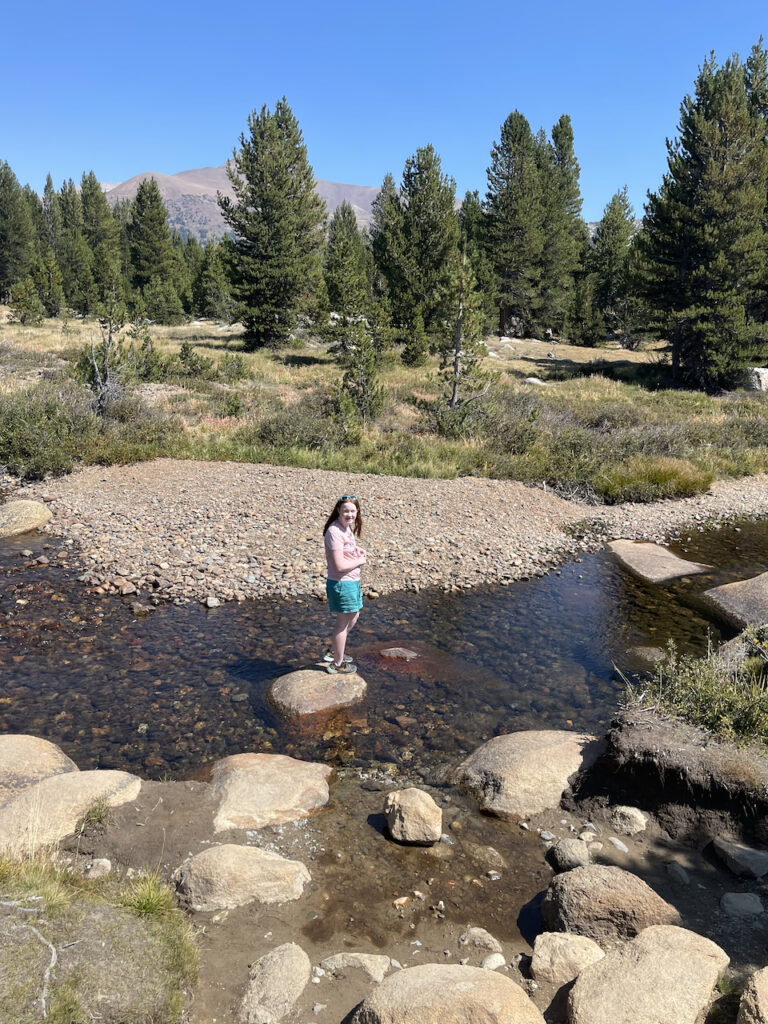
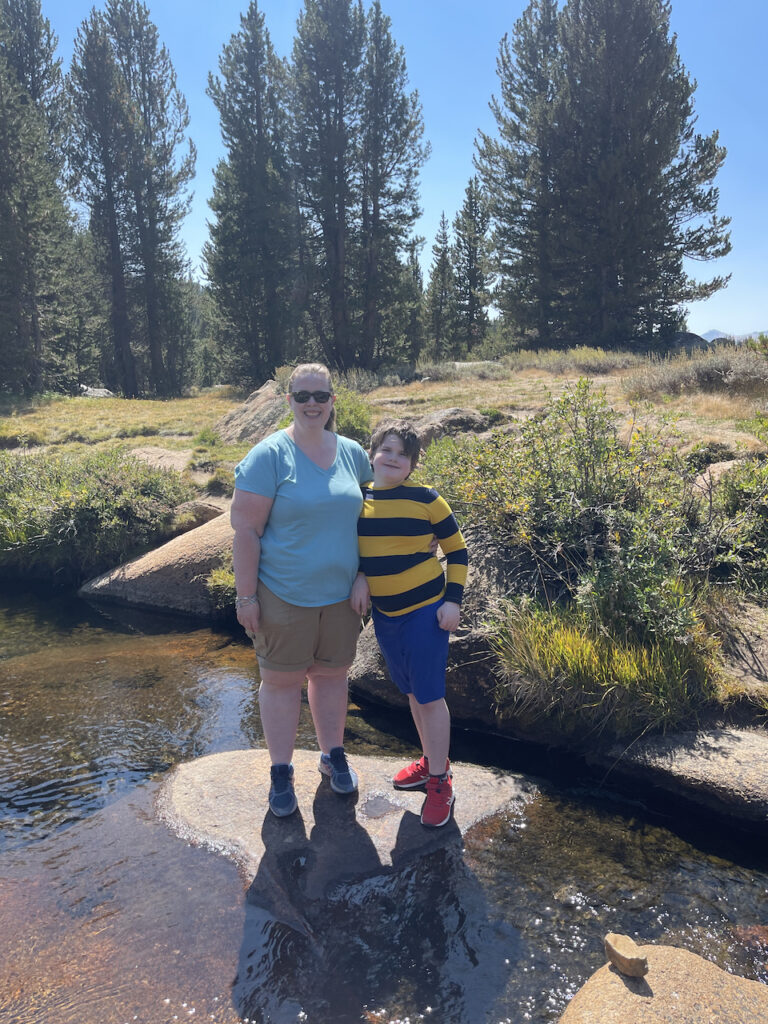
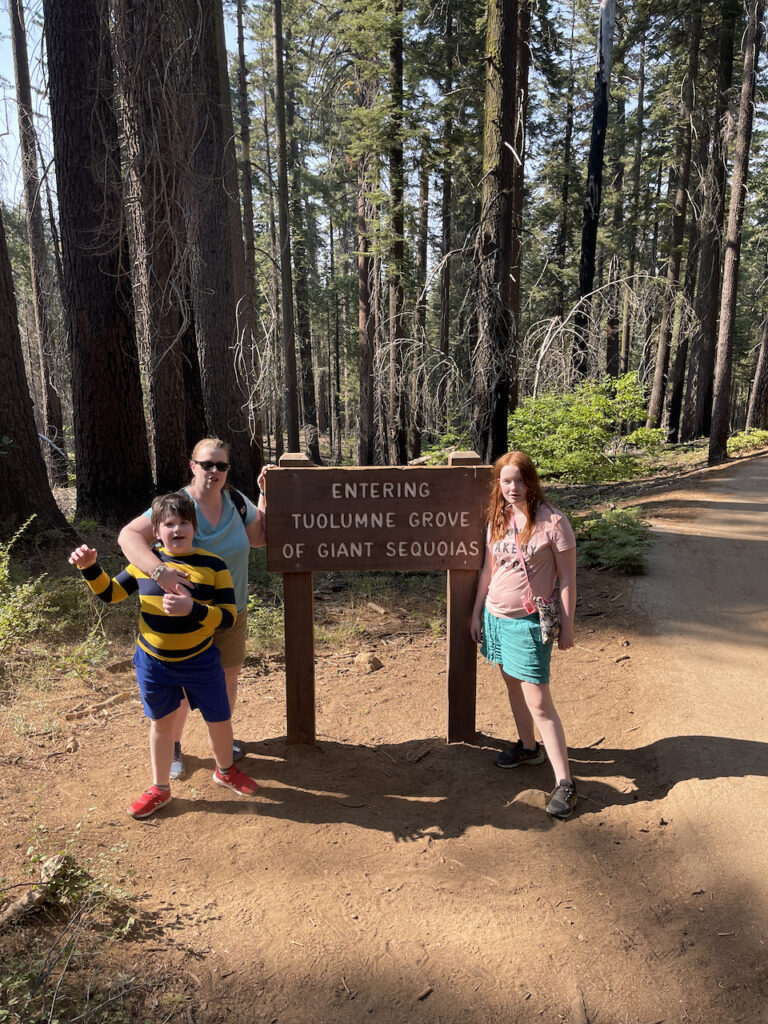
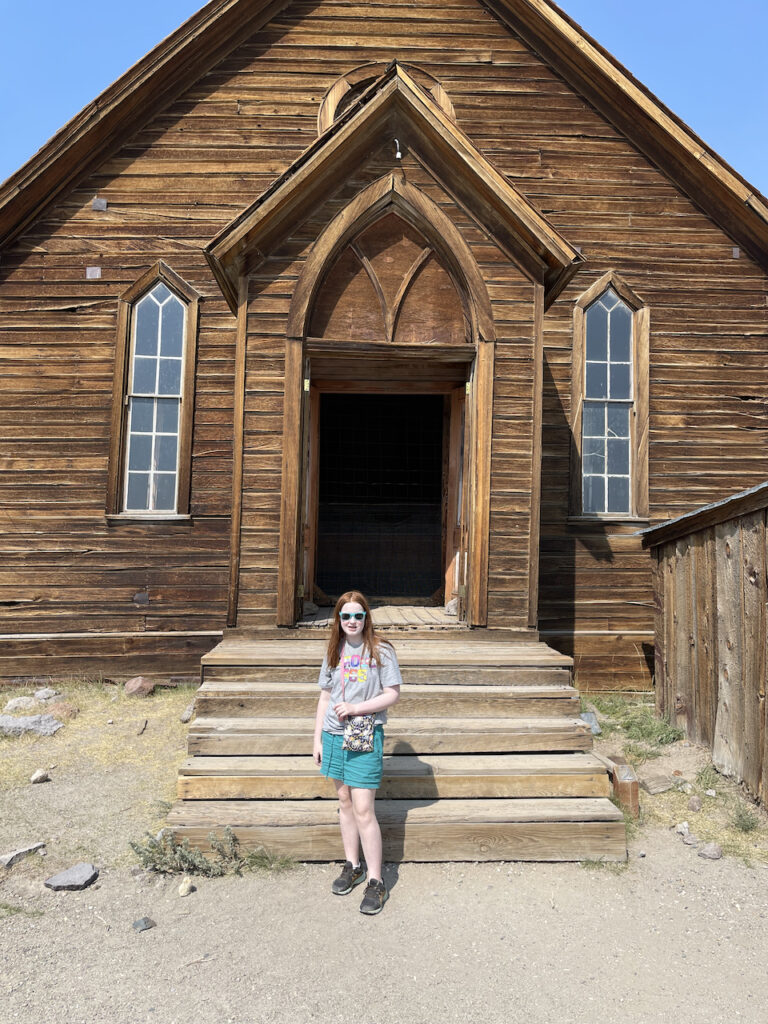
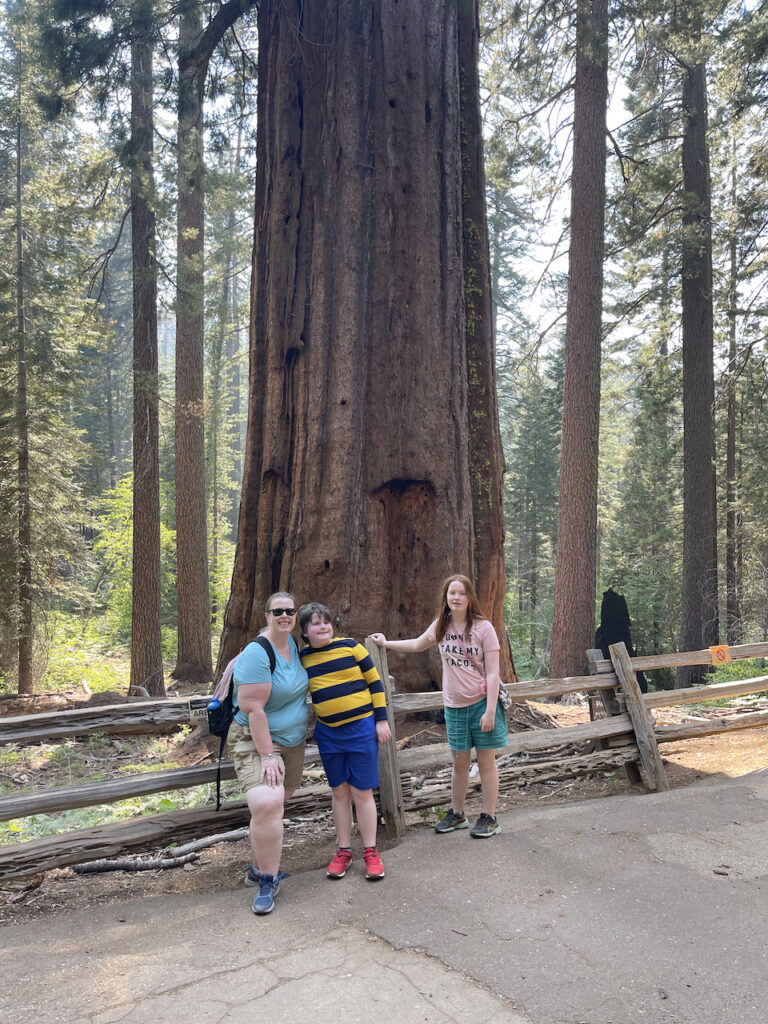
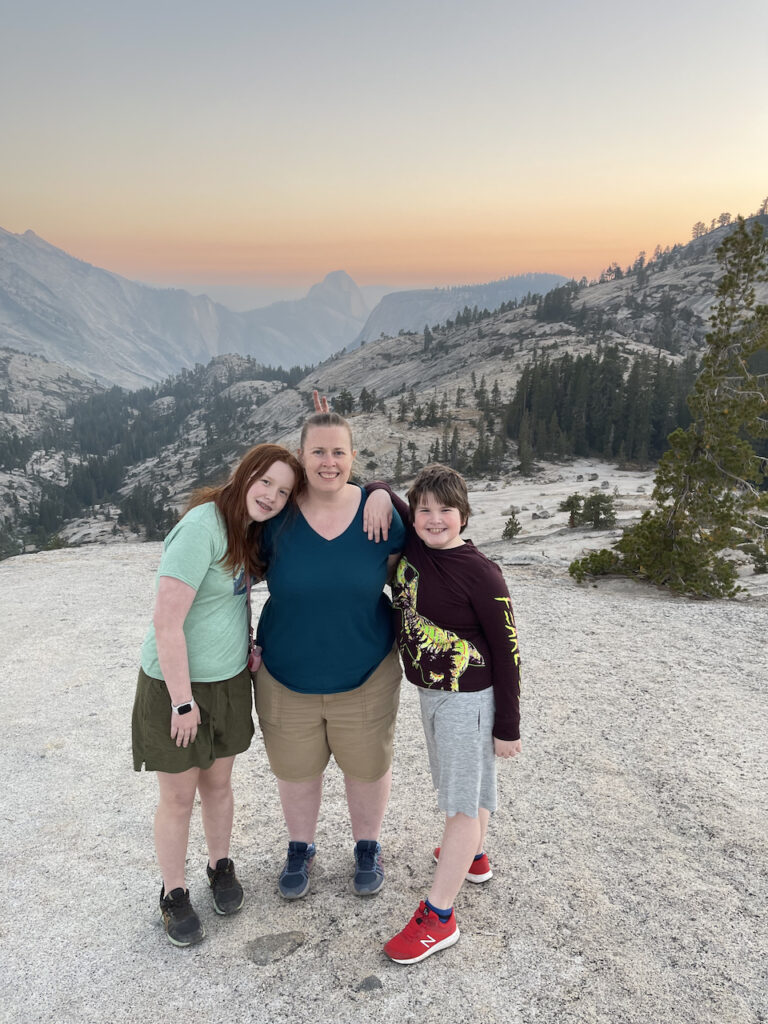
Our second foray focused on the Tuolumne Meadows, where we dined amidst the serene landscape before exploring the Tuolumne Grove of giant sequoias. The grove, accessed via a 2.5-mile trail that descends to the majestic trees, was a highlight, though the uphill return was less favored by the children.
By late August, the crowds had thinned, making our explorations more solitary than expected—an unexpected pleasure of our timing.
Another dawn found us at Brees Lookout at Hot Creek in Mammoth Lakes, where geothermal activity from underground lava heats the springs, creating ethereal steam veils against the chilly morning air. Here, I captured a perfect view of the river with the Sierra mountains in the backdrop.
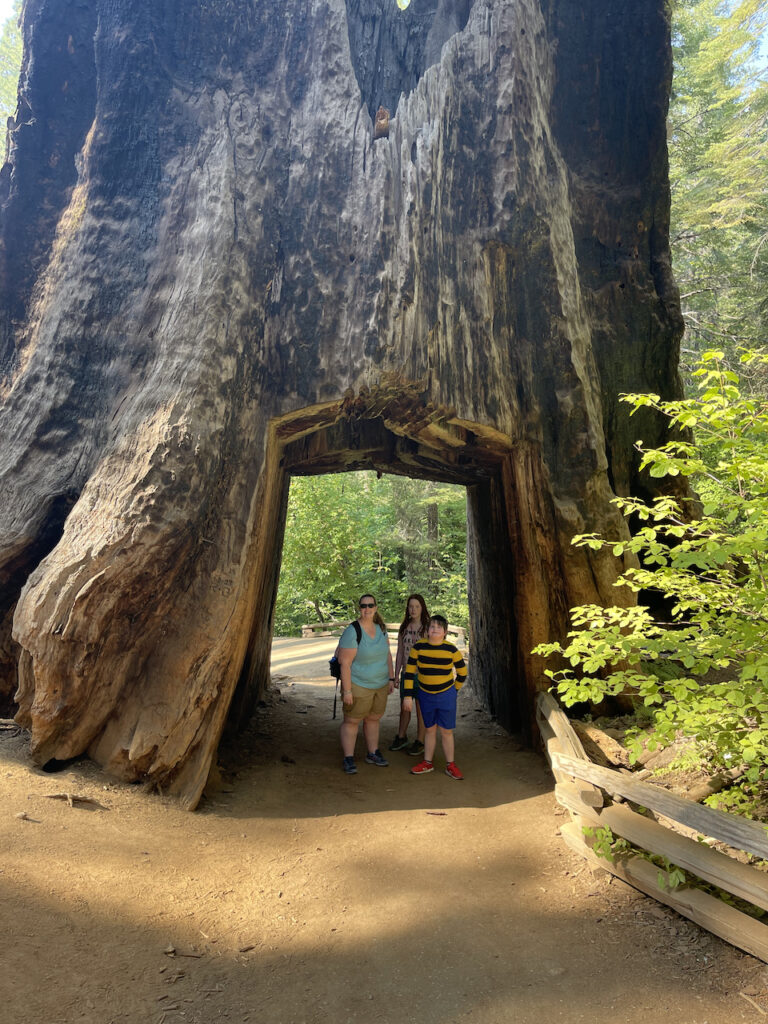
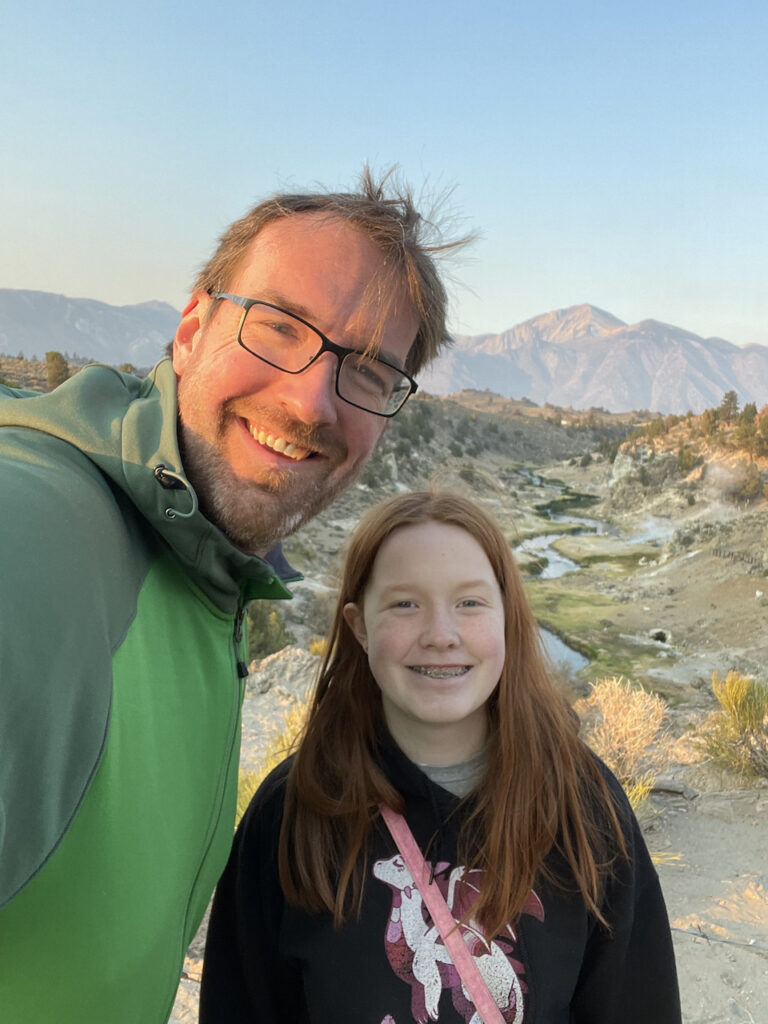
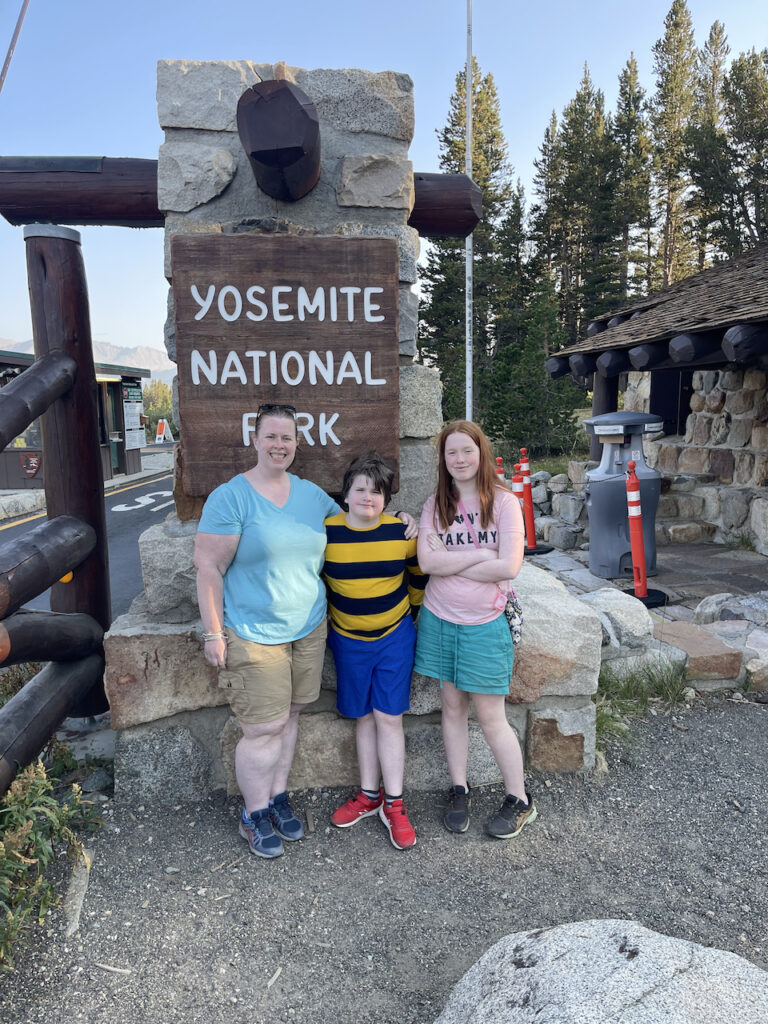
Our final stop was the ghost town of Bodie, preserved in a state of arrested decay by California State Parks. Accessible via a 13-mile dirt road off Highway 395, Bodie stands as a relic of its mining heyday, with buildings and belongings left as if abandoned overnight. As we walked its streets, the authenticity of this preserved western boomtown was palpable, from the schoolhouse with its chalkboard drawings to homes still furnished. Although Cami kept her eyes peeled for ghosts, none appeared, adding a layer of mystery to her photos.
This trip not only fulfilled my wish to share the Eastern Sierra’s unique beauty with my family but also enriched us with new, enduring memories of exploring some of nature’s most splendid creations together.
